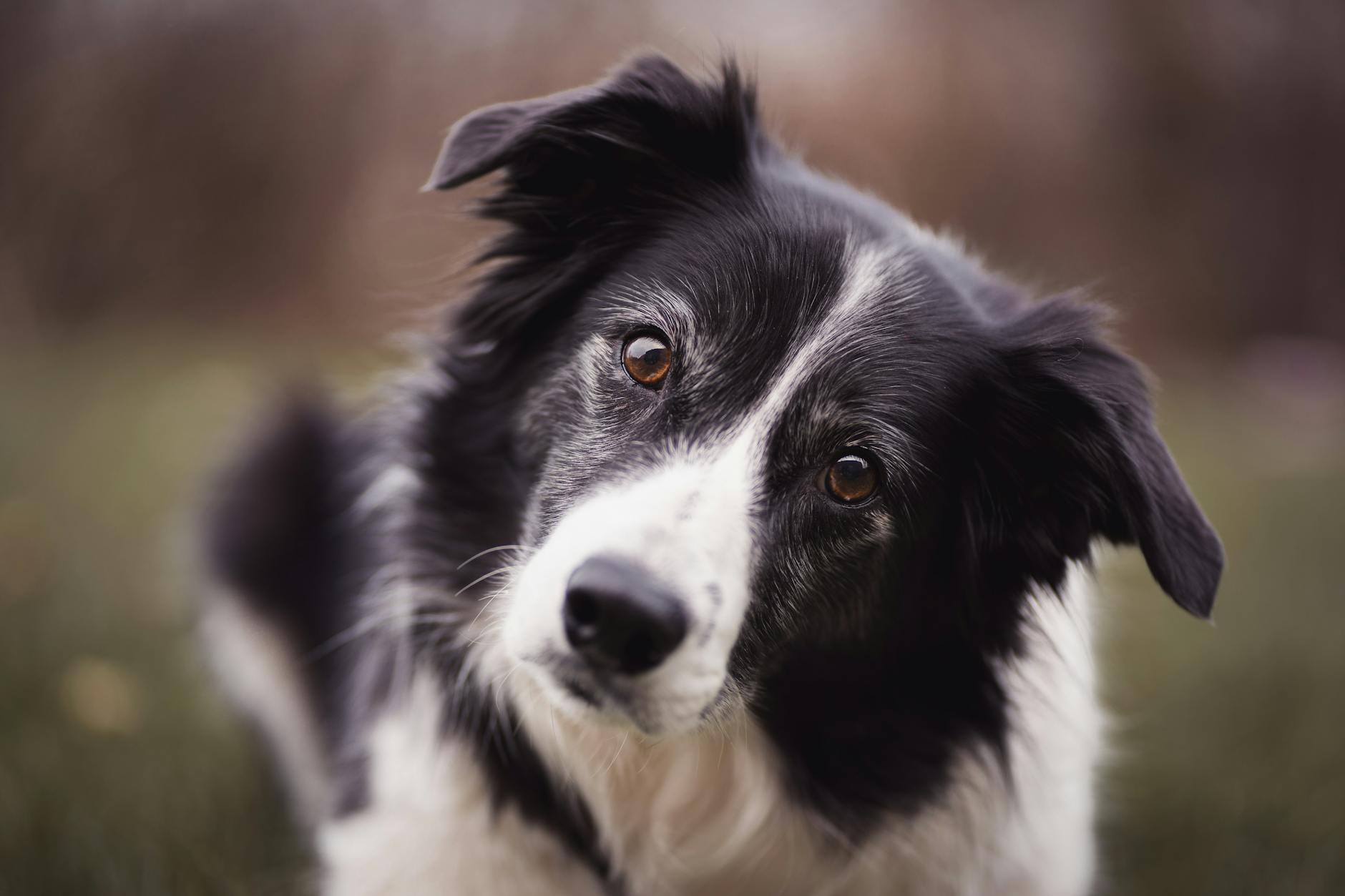
It turns out your dog might be catching more of what you say than you ever realized – and now, scientists have the brainwave data to prove it.
Mar 30, 2024
In a new study published in Current Biology, researchers at Eötvös Loránd University in Budapest attached harmless electrodes to the heads of 18 pet dogs to track their brain activity. Their goal? To find out whether dogs simply react to familiar sounds or actually understand that certain words refer to specific objects. The results were striking.
“For decades, there’s been debate about whether animals can grasp such abstract concepts,” said study leader Marianna Boros, a neuroscientist and ethologist. “Our findings suggest they can and that understanding language isn’t entirely unique to humans.”
We’ve long known that some dogs can learn the names of dozens, even hundreds, of items – like Chaser, the South Carolina border collie who could remember over 1,000 toys. But what about the average pup? Boros suspected more dogs might understand words than they let on, they just haven’t had a chance to show it.
So, her team borrowed a technique used to study human language processing: electroencephalography, or EEG. This method measures brain waves and detects how the brain responds to expected versus unexpected words.
The experiment worked like this: Dogs lay calmly on mats while listening to recordings of their owners saying simple sentences like, “Luna, here’s the ball.” Then, after a short pause, the owner appeared behind a window holding either the named object or something completely different.
Throughout, EEG sensors tracked the dogs’ brain activity. And in 14 of the 18 dogs, the results were clear: Their brains reacted differently when the object matched the word they heard compared to when it didn’t. The response was similar to how human brains react to surprising word pairings – like being told to wash your hands with “soap and coffee.”
This suggests dogs were expecting a specific object based on what they heard. When something else appeared, their brains had to do extra work to make sense of it.
What makes this finding especially compelling is the delay between hearing the word and seeing the object. “If the word and object appeared at the same time, dogs might just associate them by coincidence,” explained Lilla Magyari, a cognitive neuroscientist who worked on the study. “But because of the gap, the dog had to mentally recall the word and anticipate the object, showing real understanding.”
“Ball” was the most common word among the dogs, but others recognized words like “leash,” “phone,” “wallet,” and multiple toy names. One star participant even knew four different toy names.
Not every dog may have this ability, though. Owners in the study vouched that their dogs knew at least five object names – and one claimed a vocabulary of 230 nouns. Still, outside researchers like Marie Nitzschner, who spent years studying canine cognition at the Max Planck Institute, say the results are persuasive.
“It looks conclusive to me,” she said. “Even if not every dog can do this, it’s a real phenomenon.”
Nitzschner also stressed that dogs who don’t show this ability aren’t missing out – communication between humans and dogs goes far beyond words. But if your pup does seem to recognize object names, she added, it might be fun to nurture that skill.
For researchers, the bigger picture goes beyond dog smarts. Studies like this help piece together how language evolved in humans. “Why did humans develop such complex language when other animals didn’t?” Magyari asked. “By studying dogs – animals who live immersed in human speech – we can start to answer that question.”
And it turns out, man’s best friend may be even better at listening than we thought.
Disclaimer: This blog post is for edutainment purposes only and may not be entirely accurate.








